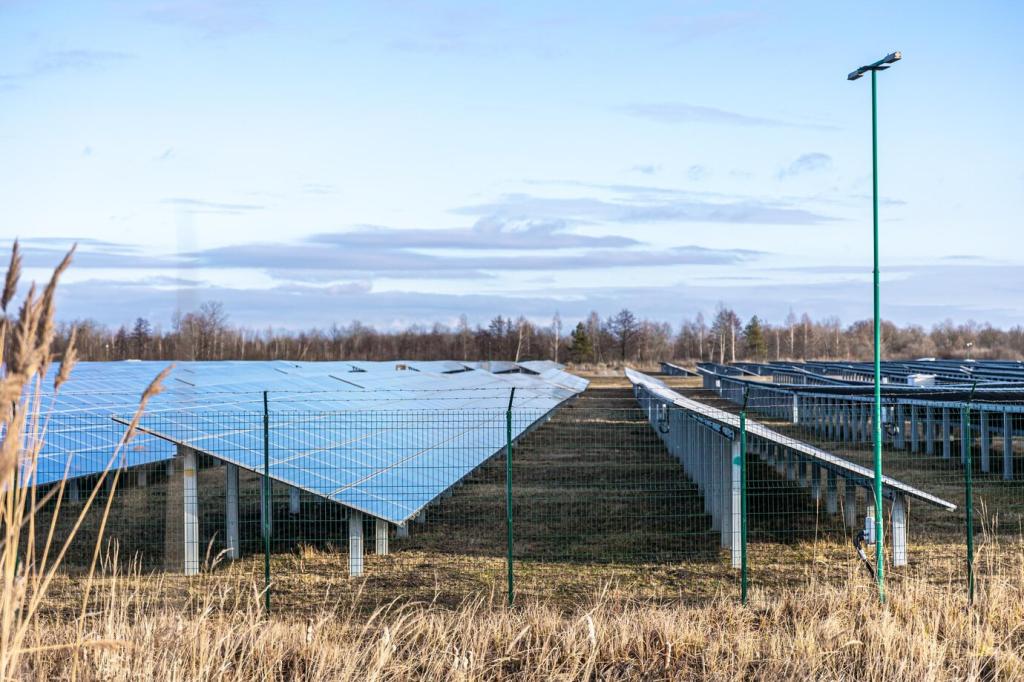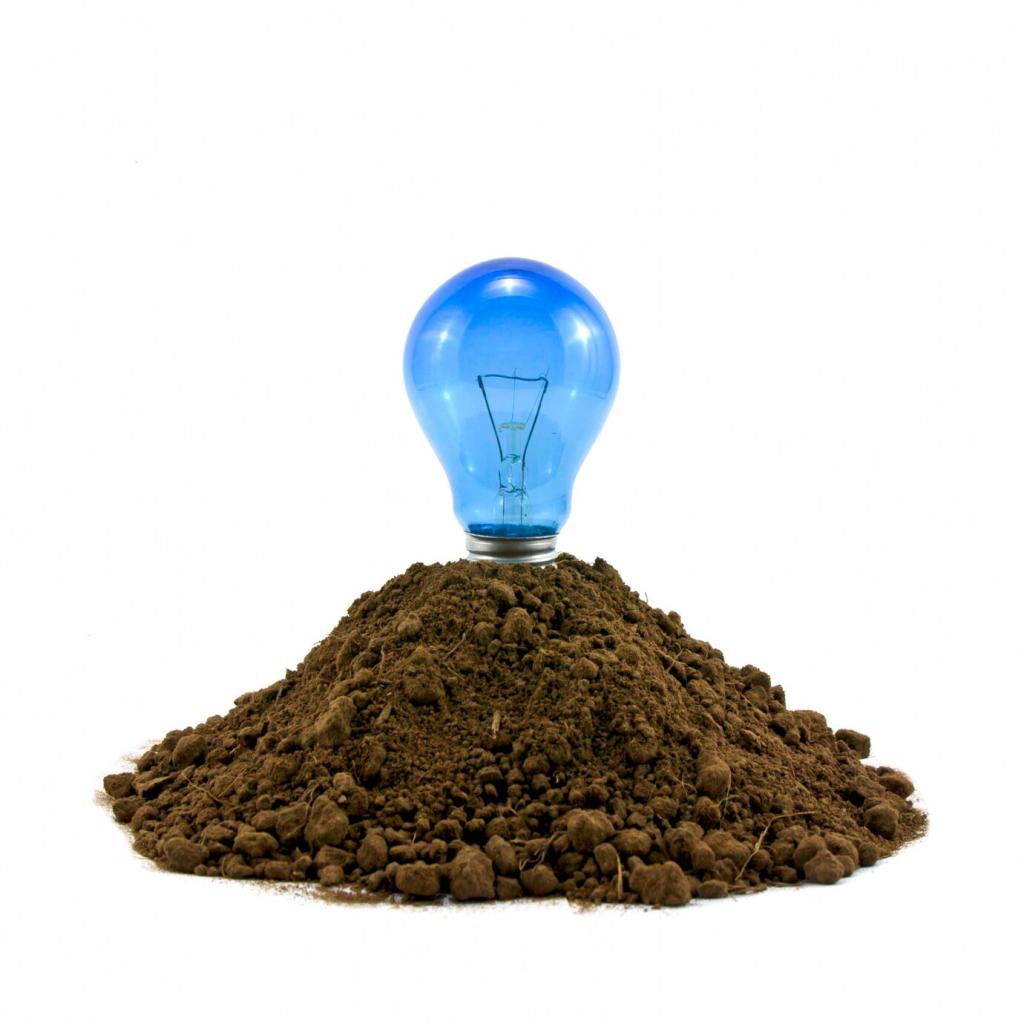Sourcing Fibers the Planet Can Digest
Banana, abaca, and nettle fibers can be mechanically extracted and spun into sturdy, biodegradable yarns. Agricultural byproducts reduce pressure on new land use, but processing aids and binders must stay compost-safe. Designers increasingly publish ingredient lists so customers can verify degradability claims.
Sourcing Fibers the Planet Can Digest
Alginate fibers derived from seaweed are already used in medical dressings for their gentle, biodegradable nature. Apparel-grade blends are emerging that balance strength with controlled dissolution. Early testers report soft hand-feel and quick moisture exchange—ideal for socks and base layers if finishes remain water-safe.
Sourcing Fibers the Planet Can Digest
Upcycled shellfish waste becomes chitosan, a biodegradable polymer with natural antimicrobial properties. Blended with cellulose, it can reduce odor without persistent chemical finishes. We’re following pilot mills now; subscribe to get field reports from wear tests and home compost trials.








